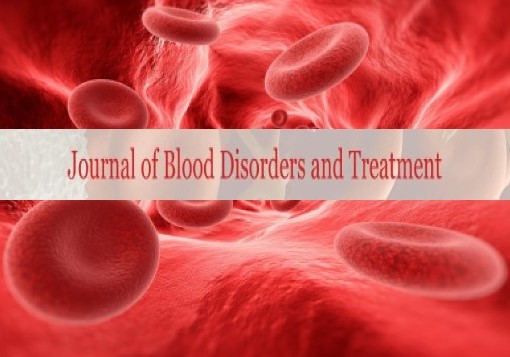
Sign up for email alert when new content gets added: Sign up
OBJECTIVE: To determine the frequency of red cell alloimmunization and identify the common alloantibodies among patients with β Thalassemia major.
METHODS: The records of 372 β Thalassemia major patients on regular blood transfusion at Afzaal Memorial Thalassemia Foundation (AMTF) were reviewed to determine the history of blood transfusion and frequency rate for alloantibodies.
RESULTS: Red cell alloantibodies had an overall ratio of 10.75% (40 patients). Thirty-Two patients (80%) among those had single antibody while eight (20%) had multiple antibodies. The most commonly occurred antibodies were E (32.5%) and K (27.5%). The mean age of patients with alloimmunization was 10.63 years (SD ± 5.587). The splenomegaly was reported in thirty-one (77.5%) and hepatomegaly in eighteen (45%) patients. One patient had splenectomy.
CONCLUSION: The occurance rate (10.75%) of alloimmunization in this study can most likely be explained by thesimilarity in the ethnicity between patients and donors. In this study, higher rate of alloimmunization is observed in patients received first transfusion at an early age, secondary to more number of transfusions. Further studies are required to evaluate the association of splenectomy with alloimmunization. The transfusion of phenotypically matched blood is essential for transfusion dependent patients. Considering the high frequency of anti-E and anti-K, it is advisable to genotype patients and donors for respective antigens in order to avoid alloimmunization.